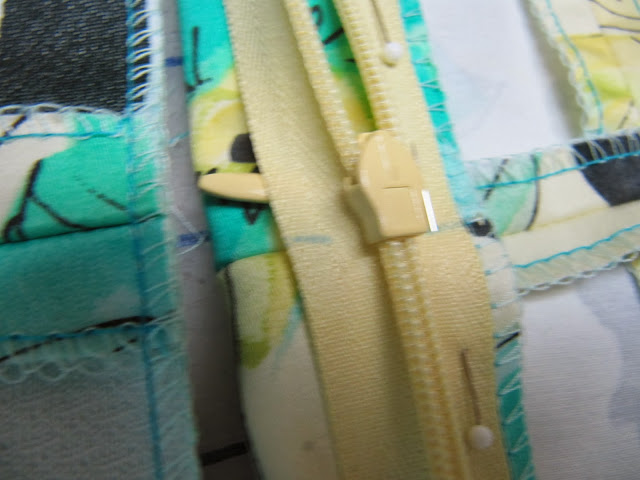No, I'm not sewing while kayaking but yes, I am using our new favorite outdoor activity as a way to accomplish a sewing task. I've been reading sewing bulletin and message boards for more years than I care to count. There have always been people who have vouched for the quality of old vintage machines and wonderful people who coached them into how to buy and care for them. I've ended up with four of these over the last dozen years. Now that we live in one place, I've decided to actually use them or lose them. But first let's get them up and running smoothly. One of the blogs I enjoyed was Ed Lamoureux's Vintage Sewing Machines One of his first posts from 2006 was a taste of what was to come: "In the last couple of years, the Internet has spawned some sites where antique and vintage sewing machines are discussed and parts are swapped. If you can find those sites, you will learn more about old sewing machines there than from any other single source.
This blog is my attempt to help the antique and vintage sewing machine buyer to select and maintain an all-metal machine." So last week when we wanted to bring our kayaks somewhere new, I started an internet search and found the quilt shop that he now owns where he picks up and repairs these grande dames. Olde Towne Stitchery, Leonardtown, MD
Those four machines (actually three, one just for parts) are now in Ed's care. While he's working on them I can create a "Studio B" in our basement where I can keep them up and running upon their return.
And after we dropped them off, Mr. Lucky....or as a girlfriend called him when she saw his canning prowess, Mr Perfect (I think that means he's Mr. Perfectly Lucky) and I had a few hours kayaking from the small launch at Camp Calvert. We were on the northern part of Breton Bay in an area of Maryland that is quite unfamiliar to us. Partly cloudy day which was actually nice since it was cool and we could stay out longer to enjoy the scenery, wildlife and the water and skies.
As our neighbor remarked when he saw us loading both kayaks and sewing machines into the car, "I bet you are a demographic of one today and that no one else in America is doing exactly that this morning."
As part of the themes of vintage and use it or lose it, I am sewing up some scarves from my stash of scraps, many of them vintage kimono pieces sold in coordinated packs.
Here's the first finished "aqua series." It's designed for me at 58" and the two additional ones will be slightly shorter. One will go to my church auction in November and one to my gift shelf....girlfriends reading, close your eyes.
Speaking of gifts, don't forget to go back and choose one of the blogaversary gifts from this post 9/22/13 Blogaversary Giveaways Open until midnight on October 1 then the winners will be selected and notified. Good luck to all and happy sewing to all as well.
























































